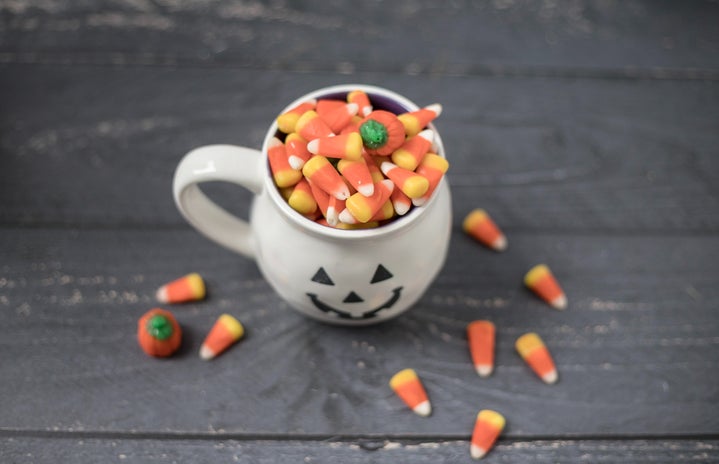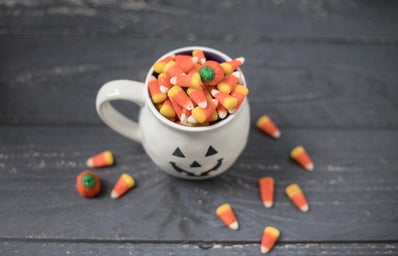It’s that time of the year again: spooky season! The costumes, the decorations, the candy, the slight chill in the air… what’s not to love? Halloween has become an incredibly popular holiday that is enjoyed by many, but where did it all begin?
Its origins can be traced back 2,000 years ago, back when the Celts roamed what is known today as Ireland, the United Kingdom, and northern France. The ancient Celts celebrated their new year on November 1, but they believed that, on the night of October 31, the veil between the world of the living and the world of the dead became thinnest and, as a result, ghosts would cross over and haunt the living. To ward off these spirits, they would wear costumes made of animal skin and build sacred bonfires, in which they burned crops and animals to appease the Celtic deities. Does any of that sound familiar? Okay, maybe not the animal sacrifices, but the costumes sure do ring a bell! This celebration was known as Samhain, and it’s the foundation of Halloween as we know it today.
As the Roman empire expanded and Celtic territory was conquered by 43 A.D., Samhain was combined with two Roman festivals: Feralia, a day where dead souls were commemorated, and a celebration that honored Pomona, goddess of fruit and trees. Several hundred years later, Christianity’s influence took over Celtic culture, and the church pronounced November 1 All Saints Day and November 2 All Souls Day. Similar to Samhain, All Souls Day was celebrated with bonfires and costumes. Fun fact: the All Saints Day celebration was commonly called All-Hallows or All-Hallowmas, and the night before was named All-Hallows Eve, which eventually evolved into Halloween.
As it spread to America during the colonial era, Halloween became a mix of different beliefs and traditions of European ethnic groups and Native American tribes, moving a step closer to the holiday we celebrate today. Early Americans would celebrate the harvest and hold public events where they danced, sang, predicted each other’s futures, shared ghost stories and got up to all kinds of mischief. As Irish immigrants poured into the country in the nineteenth century, the festivities became more popular and the practice of trick-or-treating was born. Taking from Irish and English customs, Americans began wearing costumes and visiting house after house to ask for food or money.
By the 1950s, Halloween had pretty much solidified as a children-oriented national holiday. Trick-or-treating became a way for families, friends, and neighbors to come together as communities and celebrate. With the passing of time, it grew into America’s second-largest commercial holiday, after Christmas, bringing in a total of $6 million annually. Whether it’s your favorite holiday or you’re just in it for the candy, Halloween is here to stay. Have a spooktacular night!



